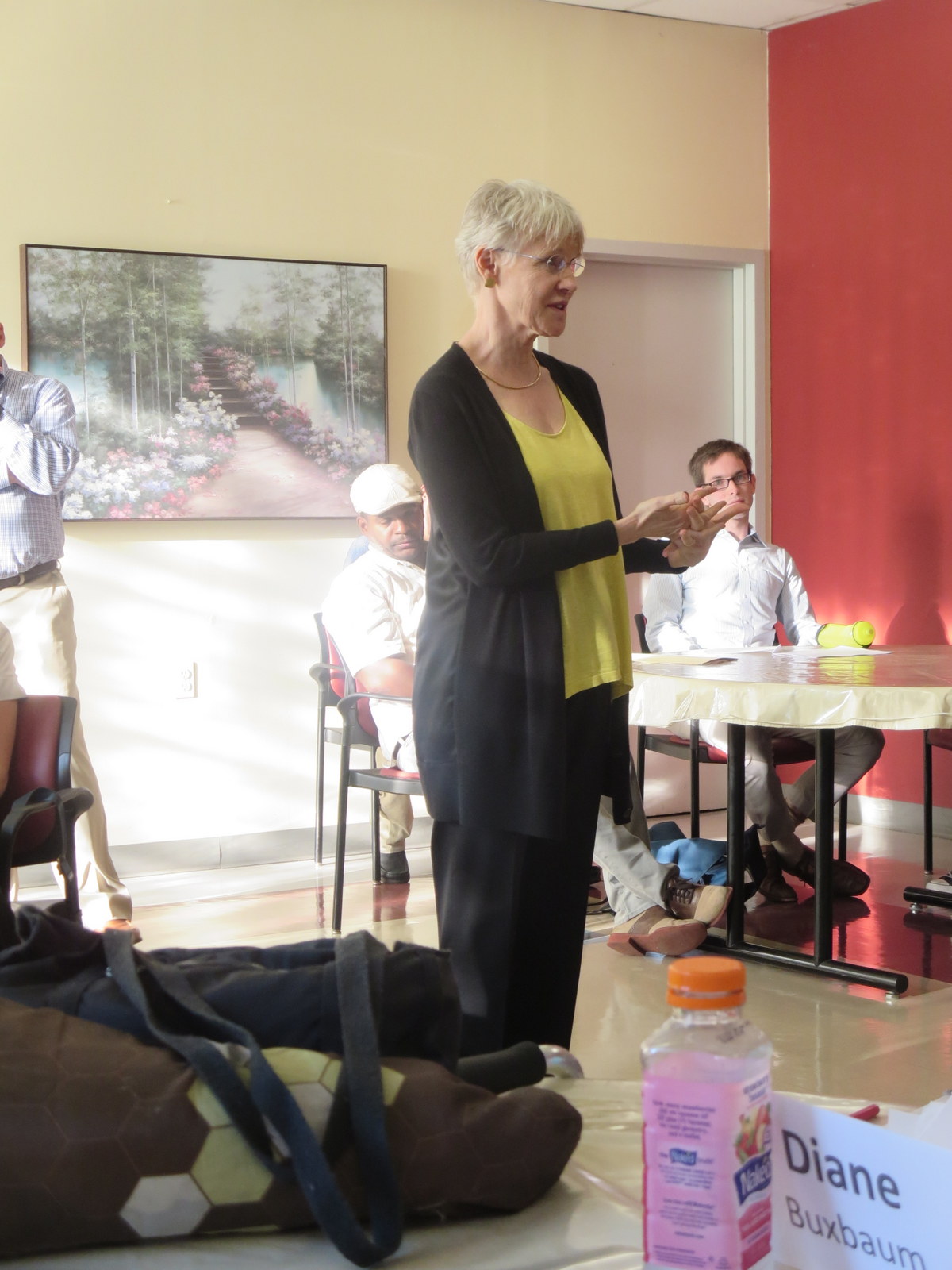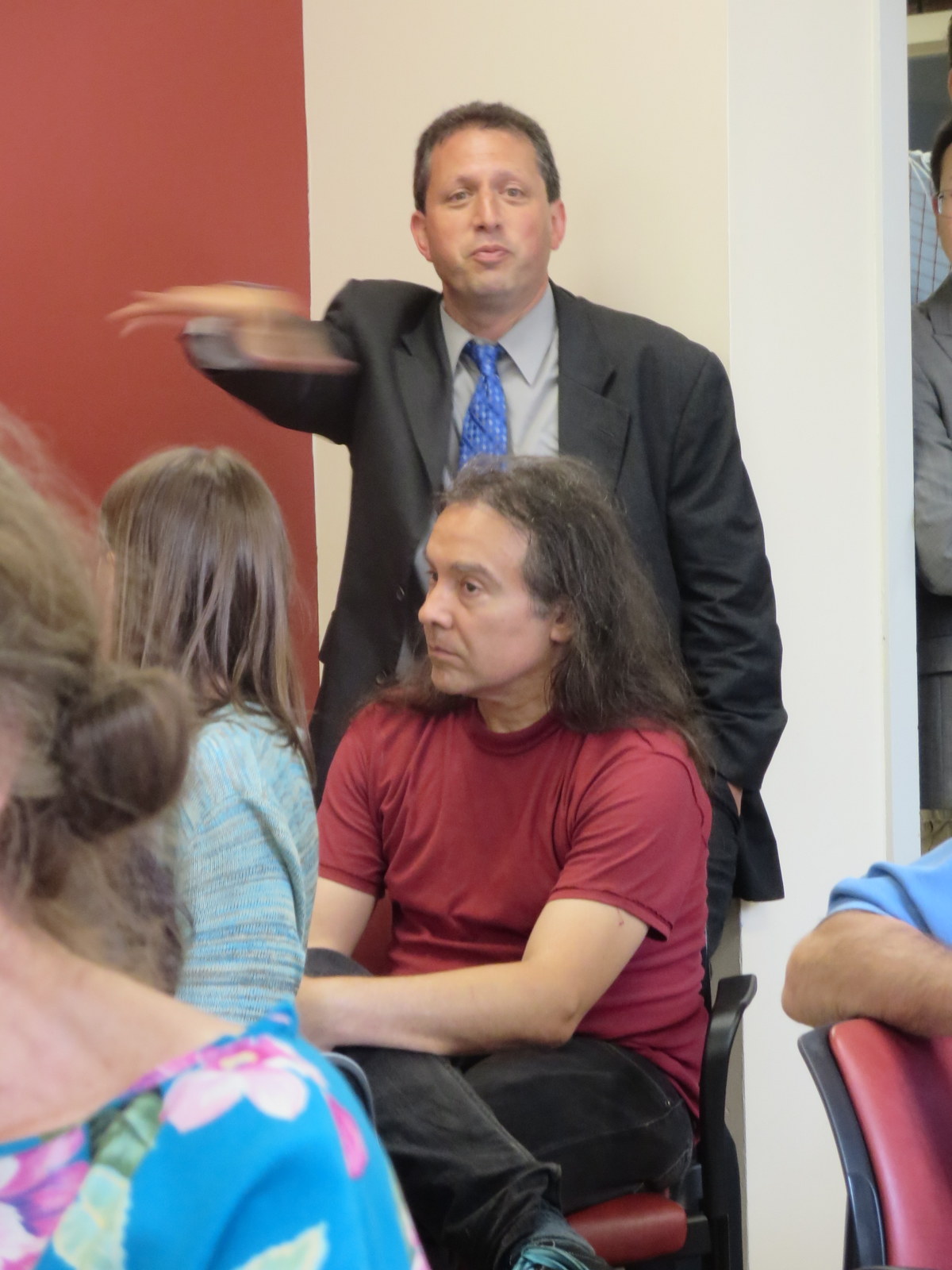From day one, NYC has been against the Gowanus Canal’s Superfund designation, finally granted in 2010. It was opposed not only by the Bloomberg administration, but also the local City Councilman at the time.

The Daily News reported, in an April 2009 article, “City Councilman Bill de Blasio (D-Park Slope) said he didn’t believe the cash-strapped federal program would be able to come up with the funding to complete a cleanup. “We’re being sold a bill of goods,” he said. “There isn’t necessarily money attached. … How can you call it Superfund if there’s no fund?”
The fact is that the EPA investigates who the polluters were, and they, not the EPA, pays for the cleanup. In the case of the Gowanus, the main polluters were identified as National Grid (who inherited the designation from the old Brooklyn Union Gas/Keyspan, which they purchased in 2007), and the City itself.
At the June meeting of the Gowanus Community Advisory Group (CAG), EPA advocates met the city head on, as the NYC Department of Environmental Protection (DEP) head, Emily Lloyd, showed up to answer questions.
There was a bustle of excitement in the overpacked meeting room at St. Mary Star of the Sea senior citizen center, on First Street in Carroll Gardens. The turnout in recent months had been somewhat sparse, but this evening many made their way over, possibly expecting a sparring match between the city and federal agencies. Brad Lander and Steve Levin both stood in the back, and even Nydia Velazquez, on the night of the Congressional primary came, sat down in the front and contributed some salient comments.
The meeting began a bit late as the CAG facilitator, Doug Sarno, had to make his way from Grand Central Station. Jerry Armer, CAG member and old/new member of CB 6 began the meeting in his stead. Sarno showed up as Armer had everyone introduce themselves, and he acknowledged the presence of the invited guest and had her up to speak right away.

Lloyd is a Brooklynite and is in her second tenure as DEP head. She served under Mayor Bloomberg from 2005 to 2008. Since 2010 she had been head of the Prospect Park Alliance and has also served with the Port Authority.
She broke the ice this evening by relating a story about the Gowanus Canal. In 1990, when her daughter was eight, she took her on a walk over the Gowanus. Her daughter came home and wrote a letter to President George HW Bush asking why he wouldn’t clean up the canal. Lloyd, fully aware of the City’s past position, went on to say that cleaning up the canal was something we all wanted.
A contentious point, and the main one discussed this evening, was the city’s role in sighting, designing and building two large containment structures that would hold sewer overflows during rainstorms. This was an important part of the EPA’s September 30th Record of Decision (ROD). EPA had determined that in addition to the huge amounts of toxic poisons on the bed and under the canal, waste sewage was and continues to be a major contaminant. Both the EPA and National Grid, responsible for dredging and capping the canal, thus removing most of its toxic underpinning, are insistent that the cleanup not be spoiled by the raw sewage that up until now is released into the canal whenever the nearby sewers overflow.
Concerned about the city dragging their feet on their Superfund obligations, EPA attorney Brian Carr sent the city a 16 page letter expressing their concerns. Dated May 27, the letter concluded,
“For the reasons described above, EPA believes that, despite some degree of progress, RD (remedial decision) negotiations have reached an impasse. We are concerned that continued negotiations will result in substantial delays in securing commitments for the RD, starting the actual RD work, and advancing to RA negotiations with all PRPs. At this time, we believe we have no choice but to consider our other enforcement options, which as you know, may include issuance of an order unilaterally for the City to perform the RD.”
On Monday June 23, the day before Lloyd’s appearance before the CAG, the city responded with their own 10 page legal response, ripping apart the EPA’s arguments, but concluding:
“The City intends to continue to cooperate with EPA in implementation of a remedial decision that is based on sound science, in compliance with CERCLA and the NCP and on a schedule that is feasible and consistent with City procurement and other rules.”
Both letters were circulated to CAG members before the meeting, with the proviso that these ominous sounding letters are quite normal in EPA negotiations with who they call Potentially Responsible Parties (PRPs), who are given the cleanup responsibilities.
In her introductory statement, Lloyd commented on the city’s position regarding the holding tanks. She said that work on both site location and the design of the tanks had already begun. At a CAG meeting earlier this year, EPA Project Manager Christos Tsiamis said that he wanted the city to pick a site by July 1st. Lloyd stated that they plan to have a site chosen by the end of September. The EPA had recommended placing the tanks under Double D Park, as the State has already designated the park for toxic remediation due to contamination under the city pool there. Tsiamis thought that common sense would dictate killing two birds with one stone. Many residents objected to having their pool closed at all. Commenting with this in mind, Lloyd said that “the challenge is to work with the community to arrive at a site causing minimum disruption.”

The CAG audience was very polite, giving Lloyd every benefit of the doubt, and she herself seemed conciliatory. In the middle of this beginning, Congresswoman Velazquez, a prime mover of the Superfund, arrived. She wasted no time in getting to the point. Bringing up the city’s reticence under the Bloomberg administration regarding Superfund, she blasted the room with a strong statement.
“I expect better collaboration from the city this time around! I am optimistic that under this administration it will happen.”

At this point, Councilmember Lander echoed those sentiments, at the same time pushing his Bridging Gowanus meetings, the final one taking place the next evening. “I look forward to being part of the community effort to figure out the best location for the tanks,” he said.
CAG member Diane Buxbaum asked the first question. She went right to the point as well. CAG members had been informed previously that in the case of non-cooperation by a PRP, the EPA would take on the work and then charge the PRP triple damages, which she brought up. Lloyd assured the group that the city would comply.
A further technical discussion ensued as to how exactly the city will pay for their share. Lloyd kept referring to the responsibility being the “rate-payers.” She meant that the city’s share of the cleanup money will actually come from the water bills. A DEP official in the room later clarified that DEP bonds would be issued as a way to raise the money.
Lloyd seemed very conciliatory during her hour long questioning, but did hedge at times. “In most cases we will be able to comply, but we want there to be some flexibility,” she said. “We might not be able to dot the I’s and cross the T’s – we might not be able to do everything.”
In discussing the city’s methodology in choosing a site for the container tanks, Lloyd stressed the importance of finding the greenest solution. Finding a location that works hydrologically, using gravity instead of pumps, would be important, she said.
Katia Kelly, who runs the blog “Pardon Me For Asking,” wondered why the city had to study each and every possible site, rather than just using common sense to pick out the best five or six. She, and the EPA, had assumed that the city would want to use land they already own, rather than purchasing land from a private owner. “A site could be bought,” responded Lloyd.
Lloyd answered each and every question respectfully and politely, and after she left the consensus was that a conversation was started. Members were hopeful, but still wary, not forgetting the city’s obstinence throughout the whole Superfund process up until now. A motion was passed to draft two letters – the first a letter of thanks for the Commissioner’s appearance, and a second reiterating the CAG’s concern that the city cooperate in a full and timely fashion.










One Comment
Pingback: Media Rundown: Brooklyn in the News (06.25.14) : Brooklyn Brief